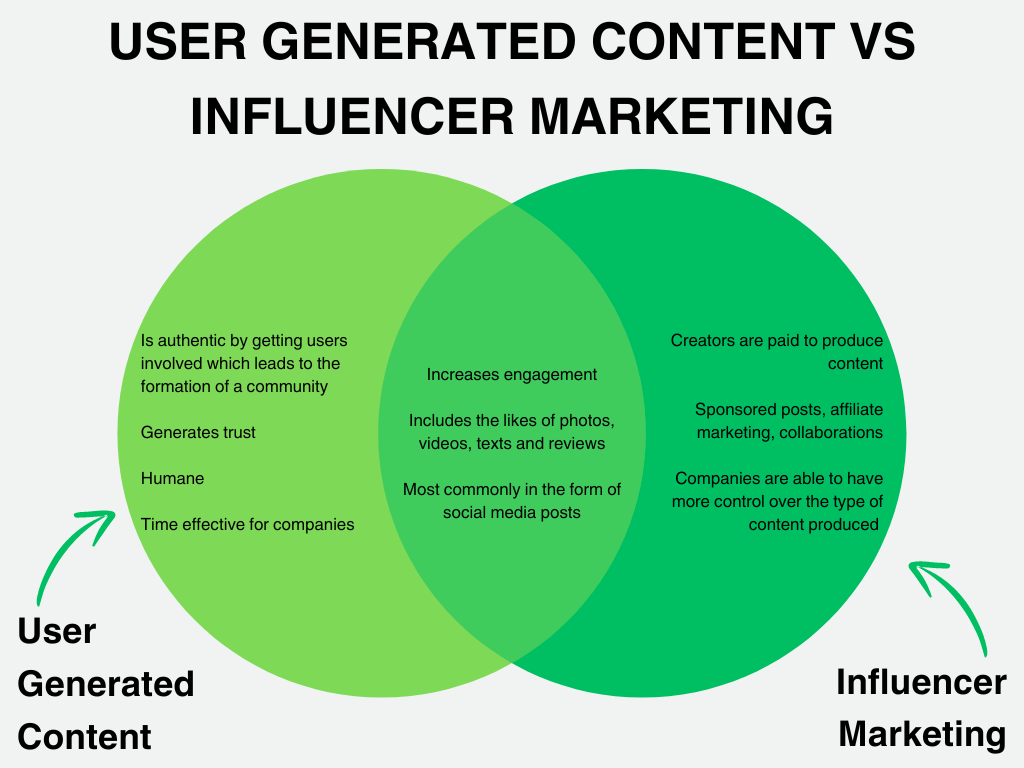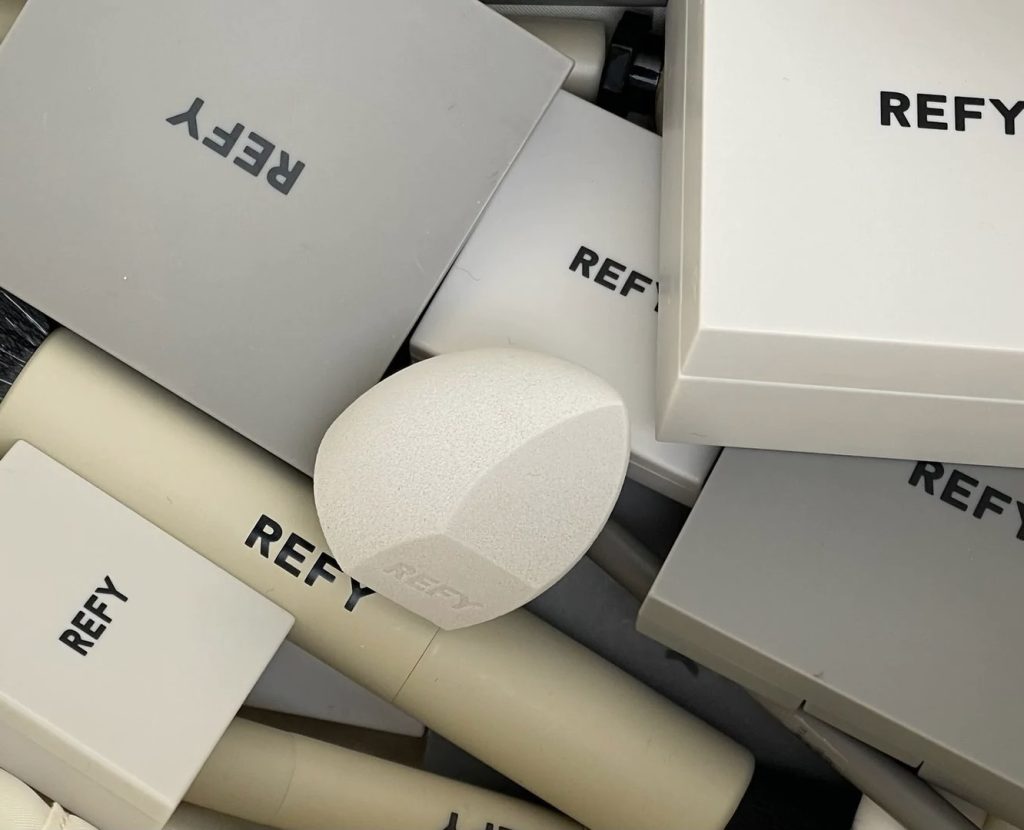User-generated Content: What It Is and Why It’s Important
University of Huddersfield student Eleanor Barrett recently graduated with a first-class degree in business and marketing. She spent the week at Shooting Star on work experience and wrote this brilliant blog about user-generated content (UGC) and how brands are using it to build trust with their customers. If you enjoy reading it please share it on your channels and give Eleanor a mention!

Have you ever bought a new product, taken a photo and uploaded it to social media?
If yes, you have created user-generated content (UGC) for that particular company. It’s up to the brand to decide if they repost it or not, but nevertheless, you have still produced UGC.
The use of UGC has increased in popularity over the years, but why is that?
Read on as I dive into what user-generated content is and why it’s important, and give you examples of brands and their excellent uses of UGC!
What is user-generated content?
User-generated content is genuine content that has been posted by users online; it includes the likes of photos, videos, texts and reviews. UGC is unsponsored and unpaid, meaning that it demonstrates ultimate authenticity and credibility for your brand. As time goes on, users are constantly looking for more genuine and authentic content to understand exactly what brands align with them and their needs, meaning user-generated content is only going to continue to grow.
Why is user-generated content important?
As mentioned above, UGC is the ultimate tactic to leverage your brand and gain customer-approved authenticity. Beyond this, user-generated content generates greater trust within the consumer-to-brand relationship. It is social proof that your brand is trustworthy among consumers, which adds a new dimension to word-of-mouth marketing. Using UGC to promote brands is incredibly effective – brands look more approachable and it helps develop more personal relationships. Not to mention that user-generated content is incredibly time efficient – users create the content themselves so all your brand needs to do is distribute it!
What’s the difference between user-generated content and influencer marketing?

“Is user-generated content just influencer marketing?” may be a question you are asking yourself. While the two are similar, some factors differentiate the two. The biggest difference is that UGC is created by ‘fans’ of the brand, whereas influencers are paid to generate this content (this is where the element of authenticity comes in for UGC). While influencer marketing offers many benefits, including the brand being able to have more control over the type of content produced, UGC gets users involved with the brand and creates a community. Both tactics increase awareness but achieve different results.
Four excellent examples of how brands have utilised UGC
Now you’re a UGC wizz, let’s dive into some examples of the different user-generated content brands have used to stand out.
Refy

Refy is a Manchester-based beauty brand that dominates the user-generated content game. Refy have always demonstrated great care towards their community. The ‘about us’ section of their website states that their community are their ‘biggest supporters’ and they want to consistently give back to their community. Refy’s dedication to their community goes further than this which is demonstrated through user-generated content. Refy constantly update their socials with UGC, which is more often than not found on the #RefyBeauty and #RefyBrows hashtags. Their use of UGC sparks conversation surrounding the company, leading to exposure which resonates with their authentic and community-based brand.
Coca-Cola #ShareaCoke

Who else used to love trying to find their name on a Coca-Cola bottle? The #ShareaCoke campaign was a fantastic initiative which encouraged user-generated content. The brand encouraged users to use the #ShareaCoke hashtag once they found their name, and thousands of pictures were shared on social media of people enjoying their personalised Coca-Cola bottles. This not only generated UGC but increased brand engagement and tapped into the creation of individual and meaningful connections with their audience.
Apple #ShotoniPhone

In the past, Apple quite commonly received negative feedback regarding their iPhone picture quality, so the company decided to utilise user-generated content to gain consumer trust. The strategy saw Apple launching the #ShotoniPhone hashtag which allowed users to share their good-quality photos that were taken on their iPhones. Apple then utilised this content to demonstrate how the camera quality on their iPhones has improved drastically – a fantastic example of how a brand has utilised user-generated content to alter the public’s perceptions.
Go Pro

GoPro hit the nail on the head by incorporating user-generated content into their strategy – their cameras make the content! GoPro cameras capture fantastic action shots which users subsequently share on social media. By using the #GoPro hashtag, GoPro’s social media team can find the footage and use the content to post on the company’s social media pages. This use of UGC truthfully demonstrated the durability of GoPro cameras, as well as encouraging all users of GoPro to upload their videos onto social media, providing a constant flow of new and interesting content.
A key takeaway is that user-generated content is authentic and as such is being utilised to great effect by many big-name brands. Anyone can benefit from a UGC strategy – how can you incorporate user-generated content into your marketing ventures?
EB










